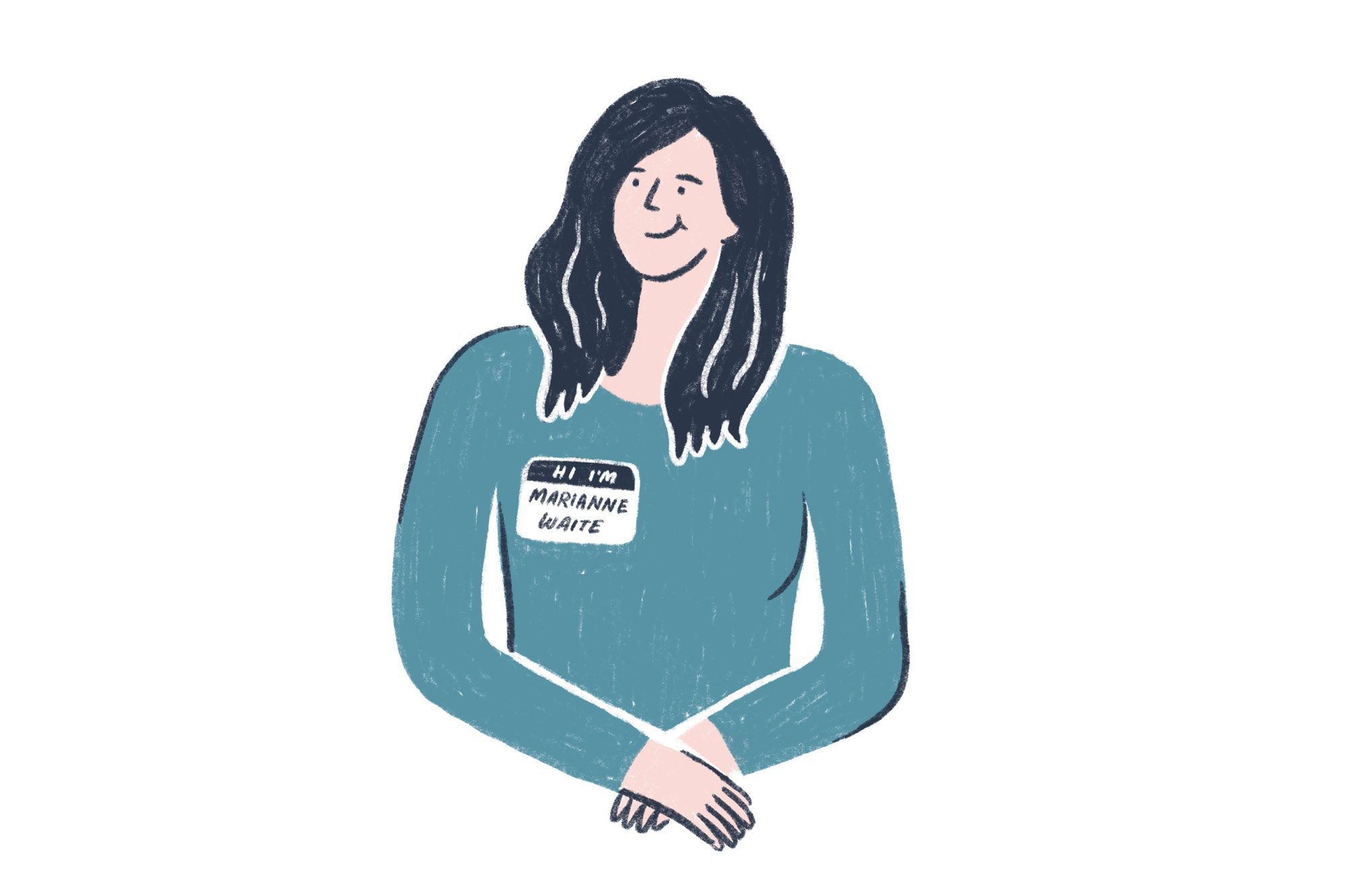Designer turned brand strategist, Marianne has worked in a number of leading creative agencies over the past 12 years with clients including Burberry, HSBC, and the Ministry of Defence. In 2016, she founded Think Designable, an agency and thought leadership collective. Its aim is to improve society’s relationship with disability and difference by promoting inclusive product and service development and communication. This initiative earned her a place on the Forbes 30 Under 30 list 2017 and the Women Of The Future Award for Media 2017. She is also the UK Government Disability Sector Champion for Brand & Design.
“My sister has cerebral palsy, and growing up, I realised how excluded she was” Trying to get her down the high street was an ordeal and, when we got there, we were met with funny looks. I grew up thinking, I guess this is just the way the world works. When you work with brands, you realise it’s not necessarily how it has to be. You can use their power and scale to practice inclusive design to make experiences better for everyone. That is why I set up Think Designable.
“Inclusive design is the design of products and services for as many people as reasonably possible. We want brands to realise the value of it.” I’ve worked in the creative world for 12 years and have seen how much power brands have to influence society in how they represent the people they are trying to sell to or hire. Disability touches about 53% of the population, when you include friends and family. The spending potential has been estimated by the Internal Disability Report of being $8 trillion globally. It’s an emerging market the size of China. In the UK alone, the high street would be something like £249 billion better off if disabled people and their families were catered to. Yet people still say to me, ‘it’s interesting but what if we get it wrong?’ and ‘ooh, what’s the business case for it?’
“It’s no coincidence that highest-value brands are those that put accessibility at the heart of their business strategy” Ask any disabled person what their favourite brand is and – you might expect them to say some wheelchair or a walking stick – everyone says Apple. It doesn’t have a separate disability offering. It applies inclusivity so seamlessly, everything it makes in the mainstream is usable by as many people as possible. Microsoft, Amazon and Netflix are good (the latter captions every show and is working on audio description too). Gilette has launched the first razor designed to shave other people, so if you’re a carer it makes caring for your loved ones easier. These people know disability affects 20% of the population and they want them as customers.
“We need to avoid purple washing” We need to avoid having a room filled with non-disabled creatives trying to meet a brief with no experience and basing it upon assumption. One tech company did a really lovely inspirational advert about a deaf DJ and how its product was really good for someone who was deaf. Crucially, it wasn’t captioned so deaf people couldn’t hear the advert.
“Disability inclusivity is the new sustainability” We have an ageing population – people are living longer and access needs are changing. This is about sustainable growth and not cutting people off as soon as they start to become disabled. I would like to see an increase in the employment in the creative sector of disabled talent and more business leaders and brands have inclusivity policies the same way they have sustainability policies. That is my goal.
